As we select fruit trees for our homestead orchard, I’m considering how we will actually use the fruit we grow. With apples, for instance, one of the primary ways we preserve and enjoy apples is making hard apple cider. So, as I research apple varieties that will do well in our zone 4 climate, I’m paying special attention to the best apples for hard cider.
How to Pick the Best Apples for Hard Cider
Every apple has its own flavor and texture that makes it unique. Honeycrisp apples are a favorite eating apple at Vermont Upick farms because of their juicy, crisp sweetness. In Missouri, we grew storage apples like Arkansas Black that didn’t have quite the same exquisite flavor as a Honeycrisp, but stored exceptionally well in our root cellar.
For the amateur home cider maker, the best apples for hard cider will likely be a mix of whatever you have on hand – hard cider does not have to be fussy! In fact, adding some crabapples and wild apples to your hard cider mix will likely yield even more delicious results!
But, as you become more experienced at making hard cider at home, you’ll find that using specific varieties of apples changes the flavor of your hard cider. The most complex-tasting hard ciders include a blend of sweet apples for sweetness and sugar content, sharp apples for acidity, and bitter apples for tannins.
The same goes for freshly pressed cider. A single variety of apples may produce a sweet cider, but it will lack nuance and depth. Now, add a second or third variety of apples to your press. The flavor profile becomes so much more interesting! All of a sudden, you’re experiencing the cider through your nose and on different areas of your tongue. There may be a bitter note, or an aromatic quality, or a sour zing that elevates your cider drinking experience! Even amateur hard cider makers like my husband and I can taste the difference.
Characteristics of Cider Apples
I mentioned that the best hard cider has a complex blend of three elements: acidity, sugar, and tannins. Let me explain what each of these terms mean for making hard cider.
Acidity
If you’ve ever bitten into a sour apple, you know that some apples have more of a sharp bite than others. The more acid apples have, the longer the oxidation process takes. So these apples won’t turn brown as fast, and the finished cider will stay light in color.
Many cider makers love using apples with high sugar and high acid content. A high acid content will also discourage the invasion of “bad” bacteria in your cider, promoting the normal development of yeast.
Sugar
In the process of fermentation, naturally occurring yeasts feed on the sugar in the cider to create alcohol. So adequate sugar content in your cider is important.
You can describe how much sugar is in an apple with the term “brix.” This simply is the percentage of the juice that is sugar.
We have never measured the brix levels of our cider; we simply create a base of sweet, low-acidity juice to balance out the flavors of the cider and ensure fermentation.
Tannins
Sugar and acid probably make sense, but what are tannins, and why do they matter for cider making?
Simply put, tannins are compounds in the flesh and skin of apples that cause the dry, puckering feeling in your mouth while drinking hard cider (or eating wild grape skins).
Tannins are important in cider making because they give the cider “body” and “substance.” Tannins, like acid, also discourage the proliferation of “bad” bacteria in your cider.
14 Apples for Hard Cider
Cider making has a rich history, and many of the apples that are prized for cider making came from orchards in England, France, and Spain. These apple varieties tend to be high in acid and tannins – perfect for cider, but not so much for fresh eating!
Cider apples are classified according to their levels of acid and tannins, and include Sweets, Bittersweets, Sharps, and Bittersharps. Below, I highlight 14 apples that have intrigued me, and you may want to grow or select for hard cider.
Sweet Apples
The following apples would make an excellent base for fresh, sweet ciders, and will balance out the acids and tannins in your hard cider press. Sweet apples have high sugar amounts, low acidity levels, and low tannin levels.
Some good sweet cider varieties include:
- Gala
Yes, that supermarket favorite will add some juicy sweetness! These apples are crisp and mildly sweet, so use these to make a mellow cider. You also can pair these with strong-flavored apples for a delicious balance.
- Honeycrisp
Honeycrisp apples top the list when it comes to fresh-eating apples. These apples are crisp with the perfect tart flavor.
A small local orchard produced a single varietal Honeycrisp hard cider this year. I am very intrigued by that, and look forward to sampling it!
- Roxbury Russet
This early American apple is often used for sauce, and has an aromatic juice that lends itself to cider making. As a bonus, this is good storage apple!
Roxbury Russet apples make the perfect old-fashioned sweet cider. This variety has been around for years; some think it’s one of the oldest apple varieties in North America for making hard cider!
Bittersweet Apples
Bittersweet apples have low acid levels and are high in tannins and sugar. They are dry tasting but not as tart as other apples.
- Dabinett(e)
Dabinett is a late-season cider apple classified as bittersweet, and these trees yield fruits that are low in acid, with a well-balanced flavor. In the Fedco fruit tree catalog, an expert cider maker is quoted as saying, “If you’re going to plant one bittersweet, plant this one.”
That’s enough to convince me! These trees are known for being easy to grow and produce high-quality juice.
- Chisel Jersey
Chisel Jersey is an English cider apple that is classified as full bittersweet. It is a highly astringent apple (that’s those tannins talking!), making it best for combining with other varieties.
- Ellis Bitter
With an early fall ripening, you might find this variety useful to extend your cider-making season! Ellis Bitter apples are usually blended with other more sweet apples.
- Medaille d’Or
As the name suggests, Medaille d’Or apples are labeled the “gold medal of cider apples.” You should combine this late-season apple with other late-season varieties.
- Yarlington Mill
This English apple makes a smooth, drinkable cider and is highly recommended for home cider orchards. Many consider Yarlington Mill a “classic” bittersweet apple for making cider. These are one of the few cider apples that you can use by themselves as a singular ingredient, or blend with other apples.
- Reine des Pommes
This fruit is described as “wooly and astringent” in the Fedco tree catalog, which may not make it appealing for any other purpose but a blending cider apple!
Other Bittersweet apples to try:
- Fuel Service
- Gnarled Chapman
- Harry Masters Jersey
- Major
Sharp Apples
Sharp cider uses apples that are tart but have low tannin levels. So if you don’t like a dry sensation in your mouth while drinking cider, you may want to experiment with adding a higher percentage of sharp cider apples.
- Harrison
This is a crab apple that has been selected for use as a cider or champagne apple. Harrison has a long history of being an American cider apple, dating back to the early 1700s!
- Wickson
This apple variety is quick to bear and provides a heavy crop of 1-2” fruits. It is an intensely flavorful apple with high acid levels, making it a popular cider apple.
- Hewe’s Virginia Crab
Hewe’s Virginia Crab is another early American cider apple that is sometimes used in single-varietal cider-making.
Bittersharp Apples
Bittersharp apples have high acid and tannin levels. Therefore, you need to balance these apples with sugar to ensure the cider isn’t too overpowering.
- Kingston Black
Kingston Black is a popular variety originating from cider-producing regions of England. I recently had the pleasure of sampling a single varietal hard cider made from Kingston Black. It was smooth, dry, and delicious!
14. Porter’s Perfection
Porter’s Perfection is a favorite of cider makers. This English cider apple produces abundant crops of acidic fruit that is best blended.
Apples that are delicious for eating and cider making
- Newtown Pippin
- Winesap
- Northern Spy
- Ashmead’s Kernel
- Baldwin
- GoldRush
- Frostbite
If you are interested in adding some cider apples to your orchard, know that there are hundreds of varieties to consider! Always check with your local orchards or extension service to see what is disease resistant and will grow well in your area.
For a deeper dive into hard cider making, I recommend the book Cider: Making, Using, and Enjoying Sweet & Hard Cider, by Annie Proulx and Lew Nichols. In addition to offering basic and more advanced cider recipes, they devote a large section of the book to cider apples, highlighting varieties that grow well in different zones, and in different areas of North America and Canada.
Do you love to make hard cider? What are your favorite apples to use and grow?
Please leave your suggestions in the comments below, and if you’re looking for more information about how to make hard cider, please check out the following articles:

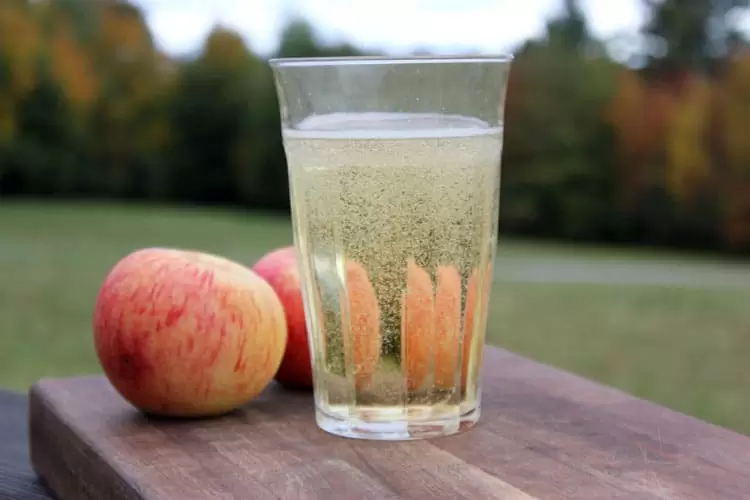
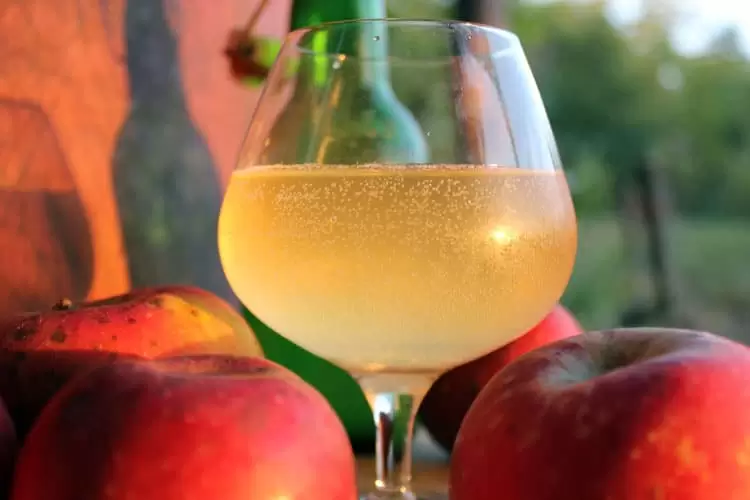
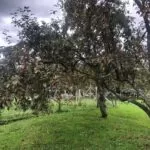
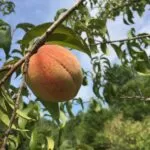
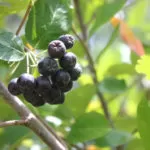


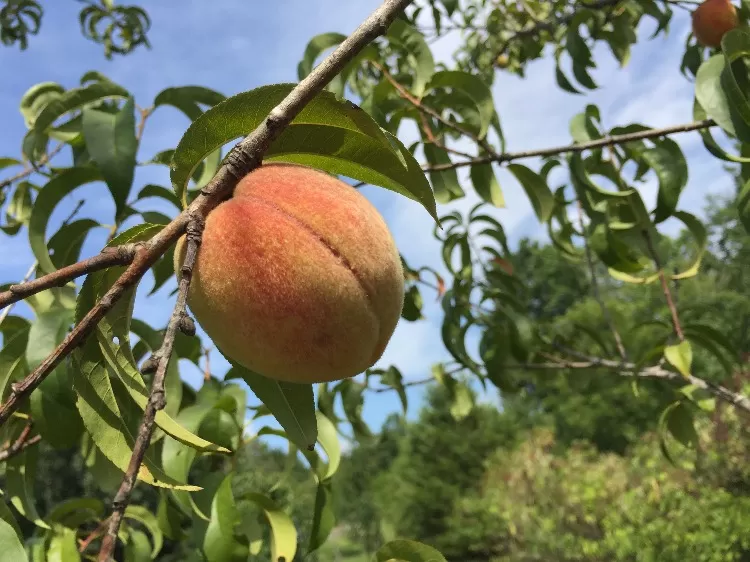


What about making hard apple cider from juice that came from organic apples pressed by Azure Standard? The apple juice was already frozen when my Azure Standard order was received. I’m wondering if freezing inhibits the wild yeasts or are they still present and active? If no longer active, I guess I would need to add a store-bought cider yeast. Right?
Yes, you’re right, Kim, you’d need to add additional yeast (I’d go with a champagne yeast) because the freezing and potential other processing would make the cider not have the active live wild yeasts it would need for fermnentation.
hello!
Do you have trees or scion for Fuel Service? If you have scion, I’d be happy to buy or trade you some other scion, such as Deuce de Charlevoix or Bilodeaux. Both are from Quebec and not well known/rare.
-Jeff
I’m sorry I don’t offer that service.